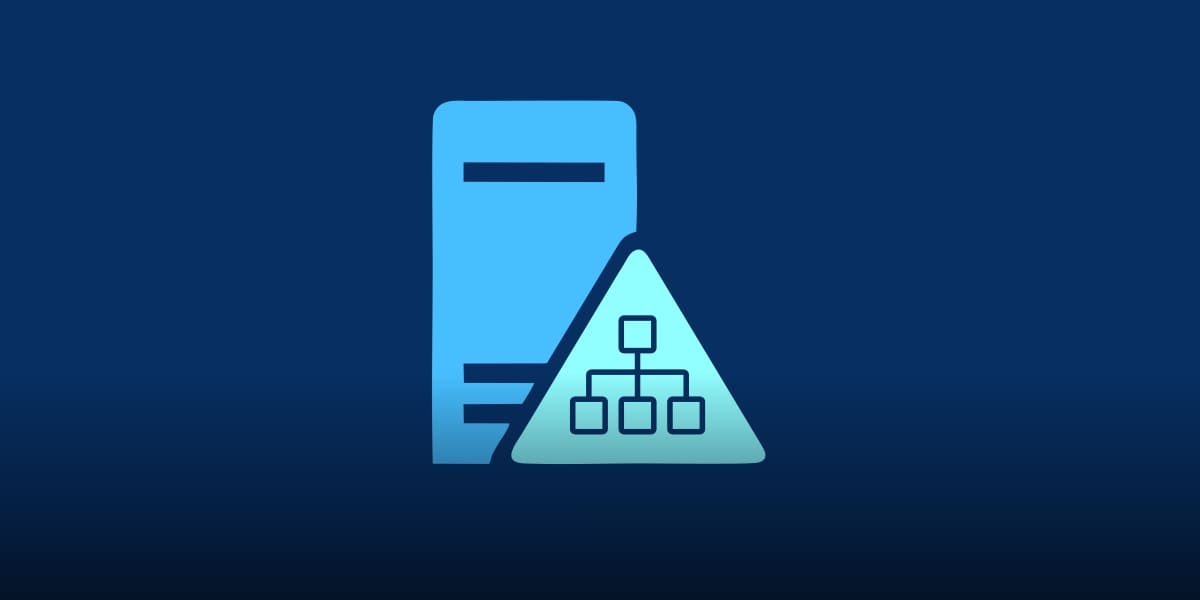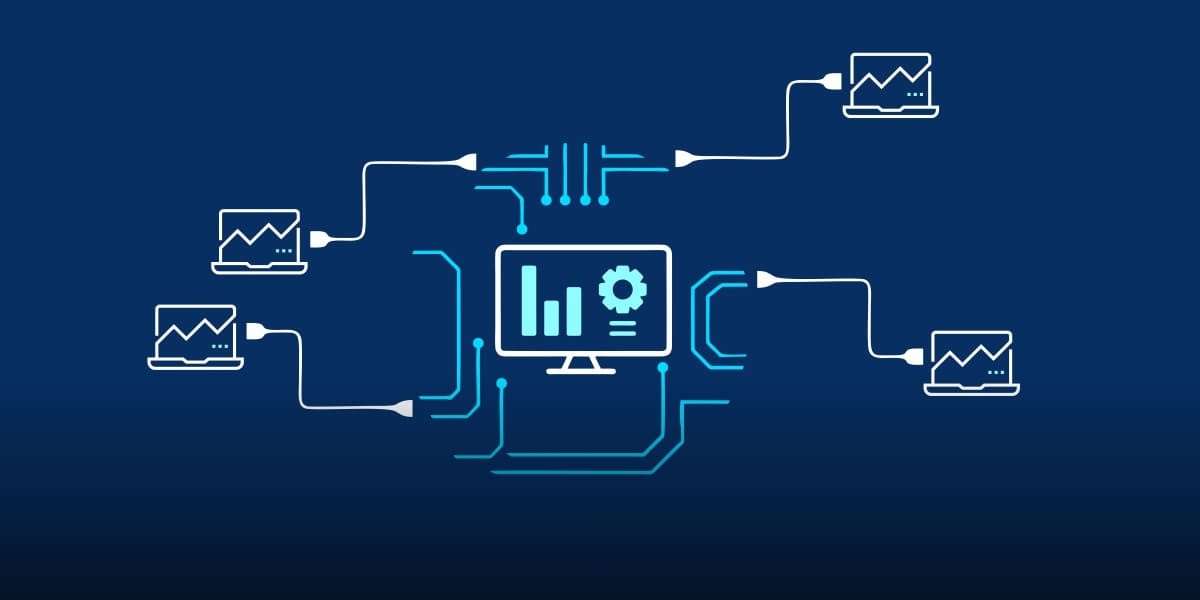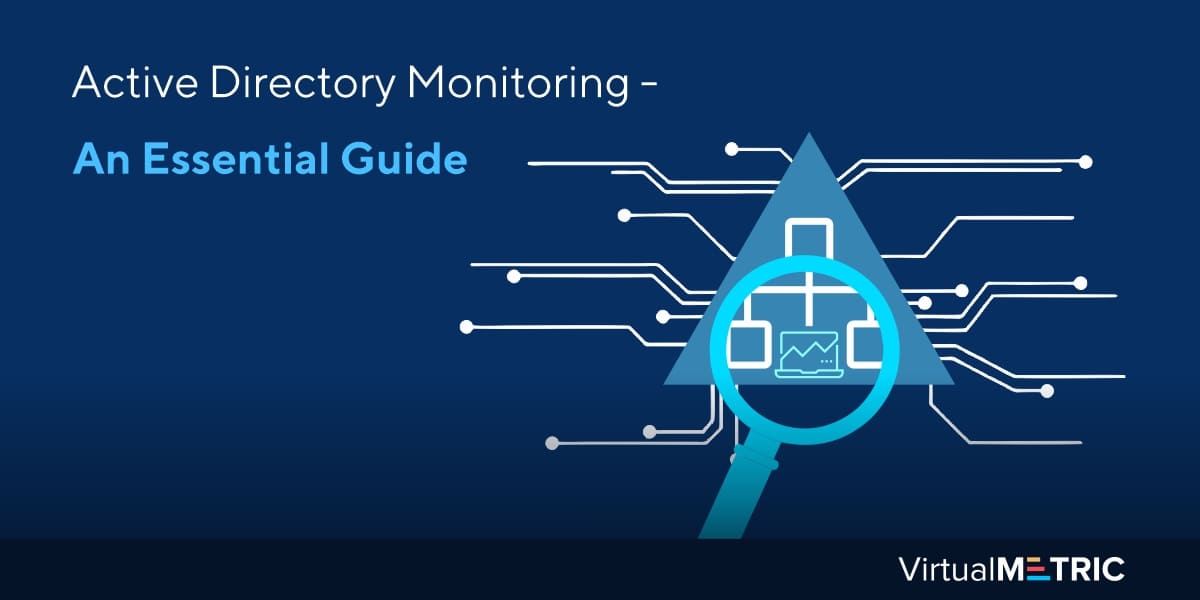An effective active directory monitoring system is essential to a secure directory design. There is a wide variety of security issues and loopholes that can be identified early if the users on the network are following the active directory monitoring guidelines. The lack of such monitoring can lead to a multitude of security threats which can result in financial and reputational damage along with data loss.
What is Active Directory and How Does it Work?
An active directory is a hierarchical system built into Windows Server operating systems that is capable of holding information related to different objects on the network. The active directory provides the procedures for saving directory information and ensuring the information is available to network admins and users whenever required.

For instance, an active directory can store data related to user accounts including their phone numbers, first and last names, passwords, and more. This allows the network’s authorized users to have full access to any such data. In order to accomplish this purpose, the active directory deploys structured data storage as the foundation for a hierarchical as well as the logical organization of directory data.
What is Active Directory Used For?
According to the stats released by Adaxes, almost 95% of Fortune 1000 businesses employ an active directory for their IT infrastructure organization. There is a strong reason why an overwhelming majority of the leading brands use active directory including the following:
- Elevating the level of IT environment security
- Identifying security breaches and loopholes before they become a major issue
- Keeping a record of all user accounts and monitoring their activity
- Configuration of user account properties
- Providing IT admins logging and other information whenever they need it
Active Directory Basics

In order to enhance the quality of active directory monitoring, IT administrators, and authorized users first need to develop a basic understanding of what the directory consists of.
- A Global Catalog — It includes data related to every object that’s present in the directory which enables admins as well as users to find the information quickly and conveniently. They don’t have to search for the actual domain where data is stored.
- The Schema — It specifies the categories of objects and properties or characteristics included in the active directory. Moreover, it also defines the restrictions and constraints on objects’ instances along with the name format.
- A Replication Service — Its role is to distribute directory information throughout the IT network with each domain controller contributing towards replication. All controllers also have a full copy of directory data for their respective domain and changes are replicated in real-time.
- Query & Index Mechanism — This allows network applications as well as users to find and publish objects and their attributes.
What Does Active Directory Monitoring Involve?
Active Directory monitoring is a method of assessing and evaluating an AD environment using a variety of technologies in order to streamline IT network operations and find viable solutions. Generally, active directory monitoring is carried out using the built-in software called System Center Operations Manager (SCOM) which is quite powerful yet complex to set up and operate.

This is why many businesses rely on third-party active directory reporting and monitoring solutions. Common processes that are monitored include the following:
- Modification in Active Directory or Its Group Policies — AD monitoring tools and software can be utilized to alter and completely change, add, or remove users, devices, and policies.
- Monitoring Updates of Directory Replication — This also allows you to keep a record of all the updated related to directory replication and domain controllers’ synchronization processes.
- Active Directory Audits — Audits of active directory enable admins and other network users to find out who was on the network and at what time.
- Identifying User Status — Active directory monitoring also enables admins to identify those users who are currently logged in, logged out, locked, or deactivated.
- Domain Controller Monitoring — This is the point where active directory monitoring ensures there is a track record of authentication, service directories, and domain controller performance.
Using Active Directory Auditing Tool – VirtualMetric
When it comes to monitoring active directories, it can be a cumbersome process, especially setting it up and ensuring seamless active directory integration within your IT environment. This is why many organizations rely on third-party active directory auditing tools for monitoring and reporting AD.

One of the best active directory auditing tools is VirtualMetric which has the capability of accessing Microsoft Windows libraries and accumulate performance data. From server performance monitoring and agentless Windows monitoring to Windows event log monitoring and storage latency monitoring, VirtualMetric is a versatile and powerful reporting tool you can rely on.
- Admins can monitor all the alterations in their physical environment and visualize them through graphs and charts.
- All logs can be visualized into charts along with meticulous log analysis to find out unwanted modifications, attempted intrusions, and misconfigurations along with subpar system performance.
- Admins can set up their own set of rules based on queries and get notifications and alerts.
- They also get the option to set up planned downtimes, severity levels, and active hours.
Final Word
Active directory is a highly critical tool for enterprises who want to ensure the security of their IT environment and identify any security breaches and intrusion attempts before they cause any damage. Having said that, it is a challenging and time-consuming endeavor to define the active directory structure and ensure everything works the way it should.
This is where an effective active directory reporting tool can help the brand’s IT environment administrator to not only automate a multitude of processes and collect log data but visualize all of it through charts and graphs to generate meaningful insights for enhanced decision making. Now that you have a basic understanding of what does active directory do and how you can monitor it effectively, you are in a much better position to ensure a secure IT environment.


Leave a Reply